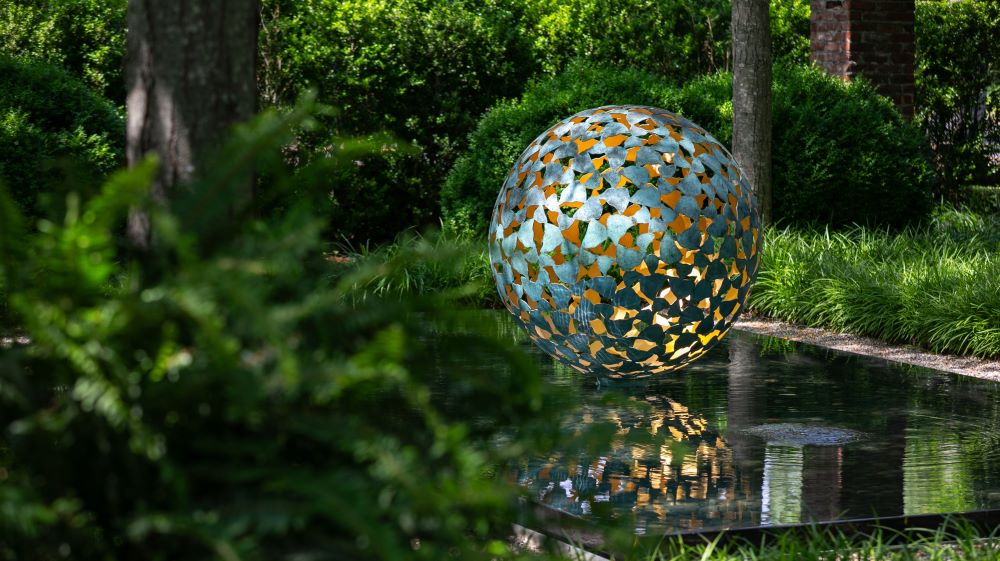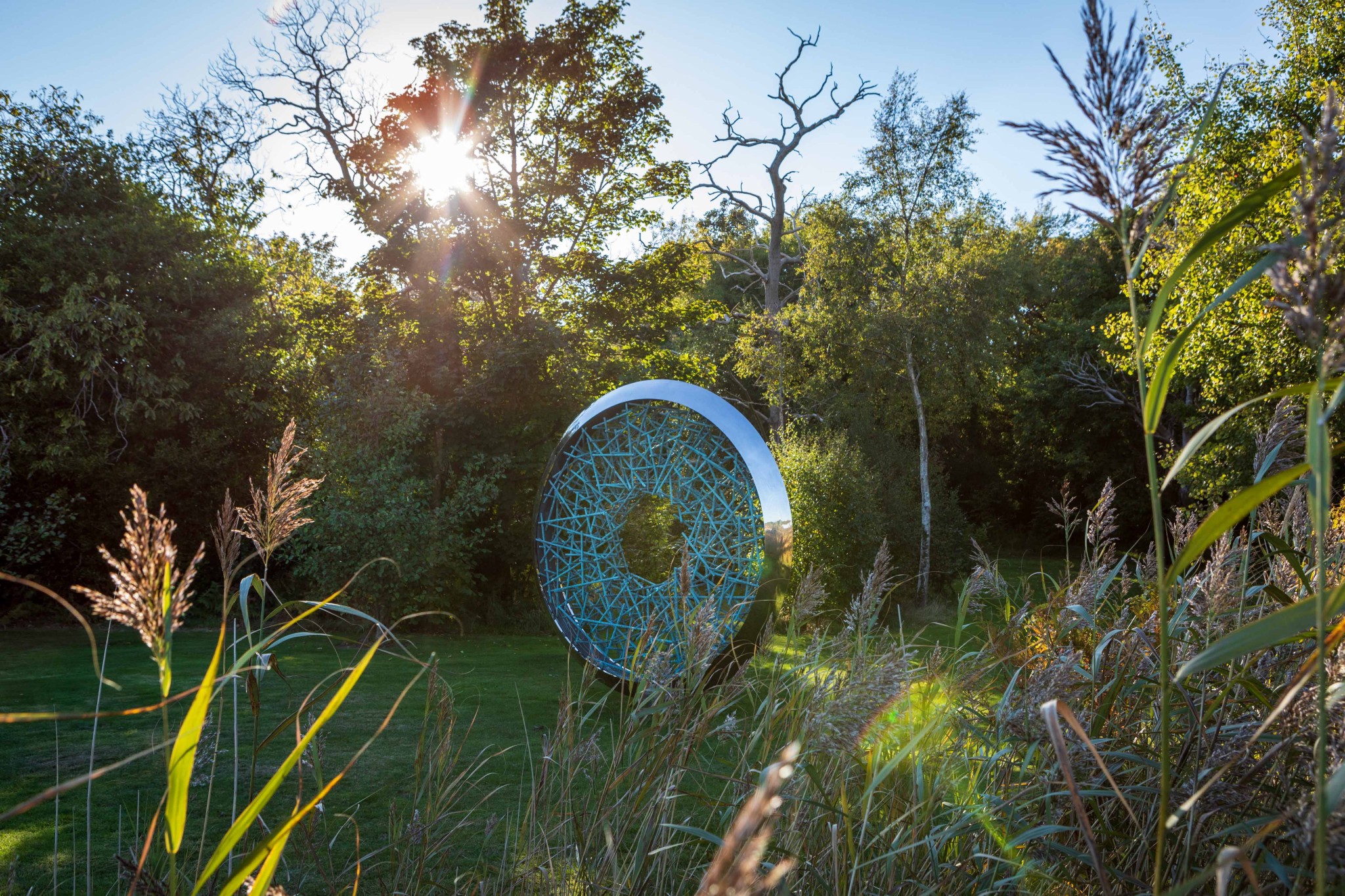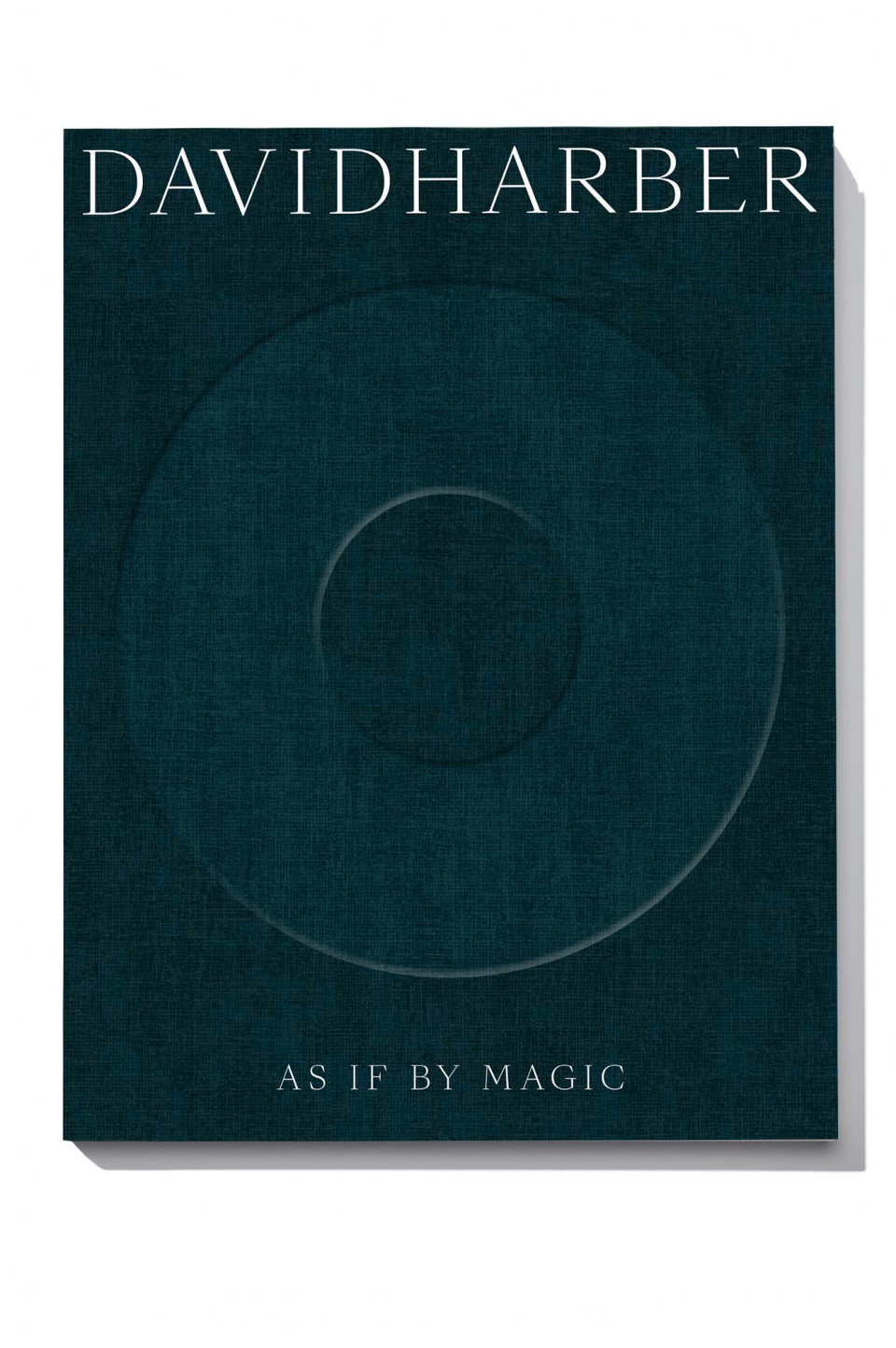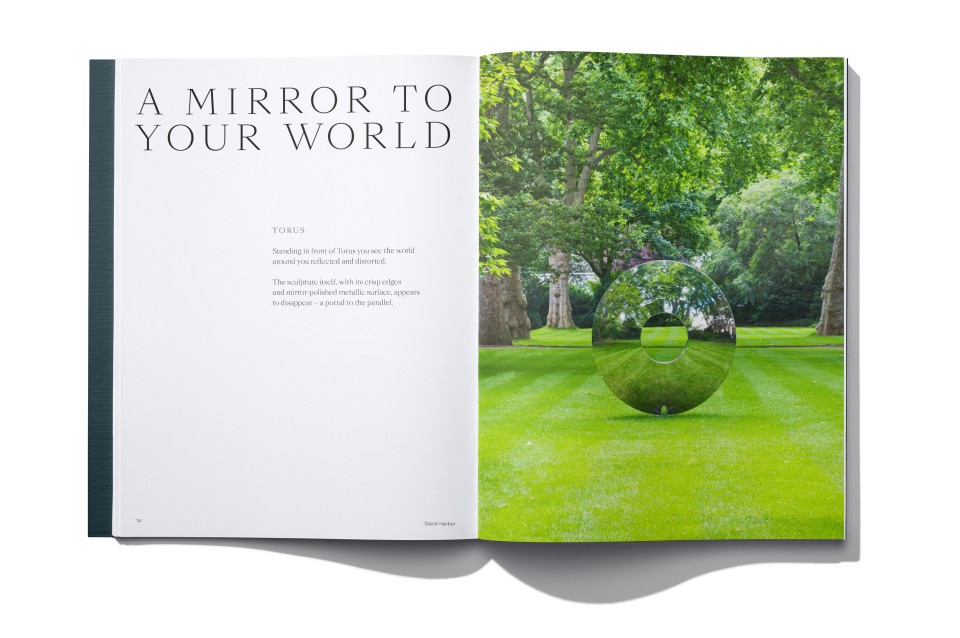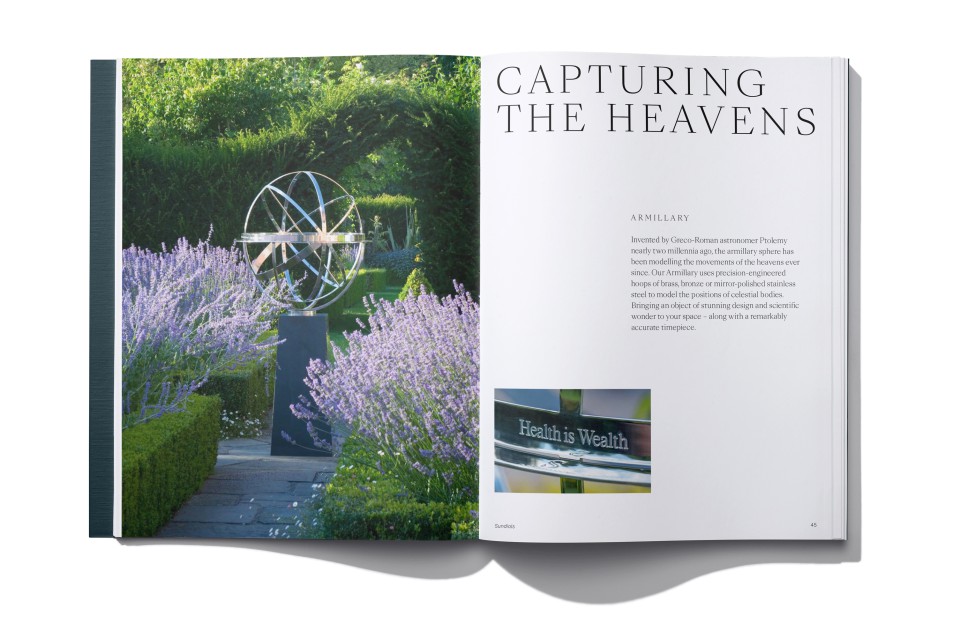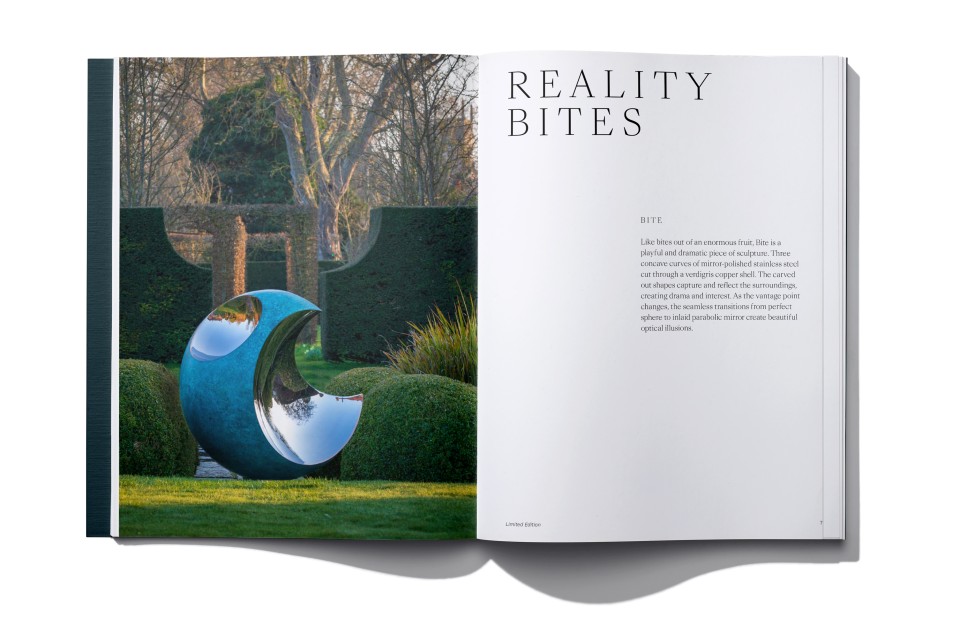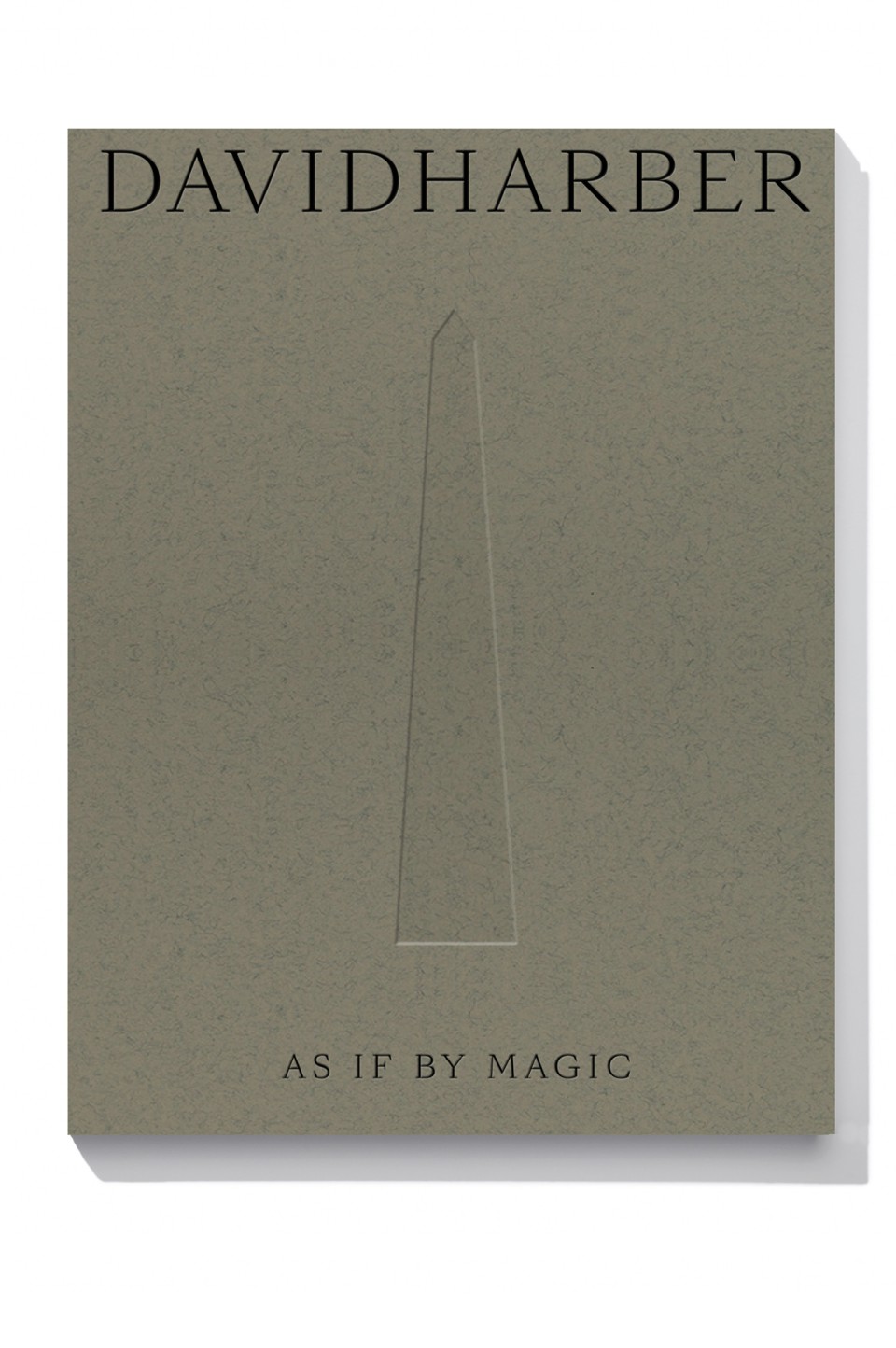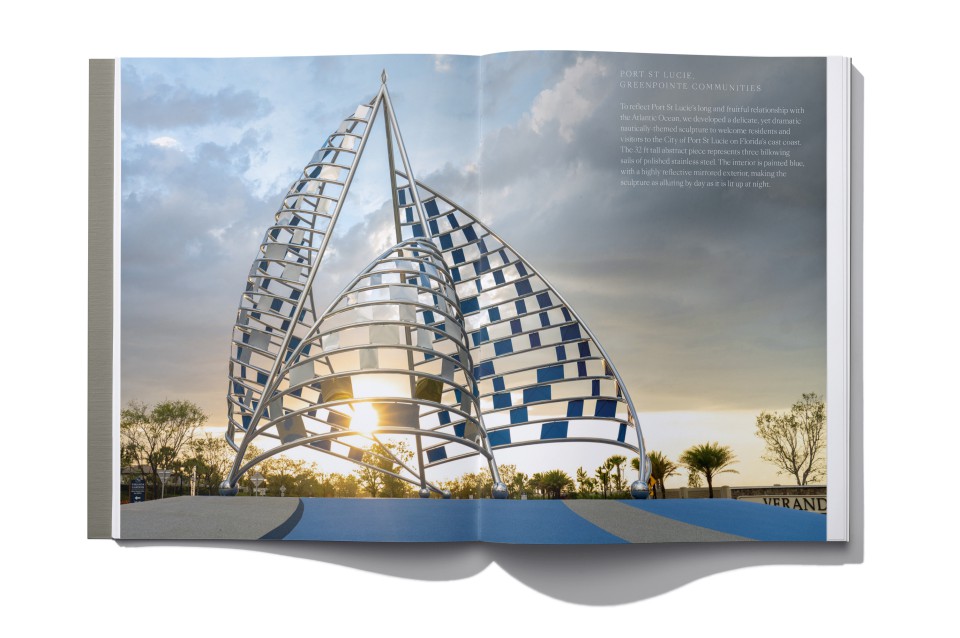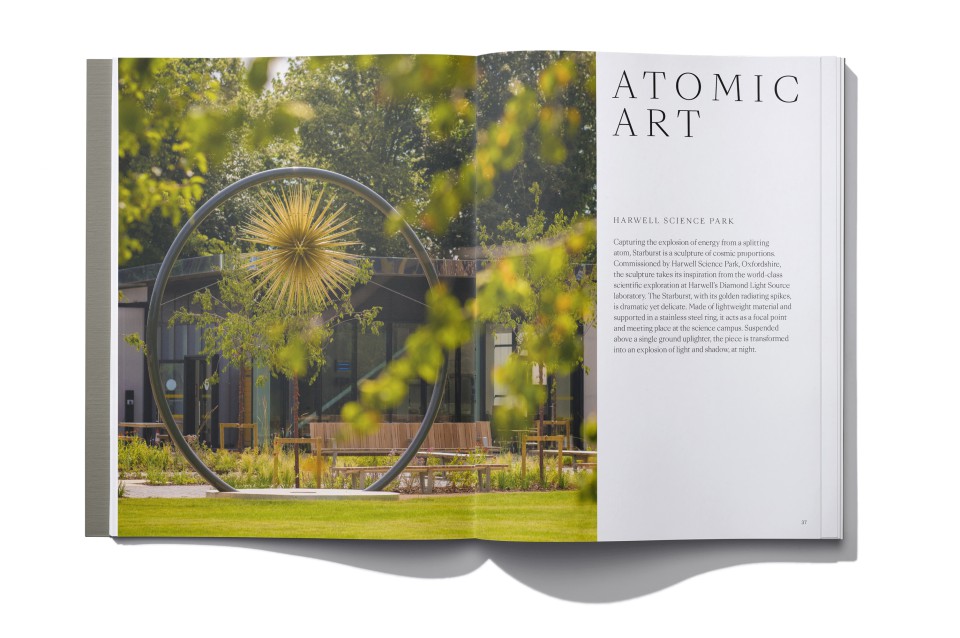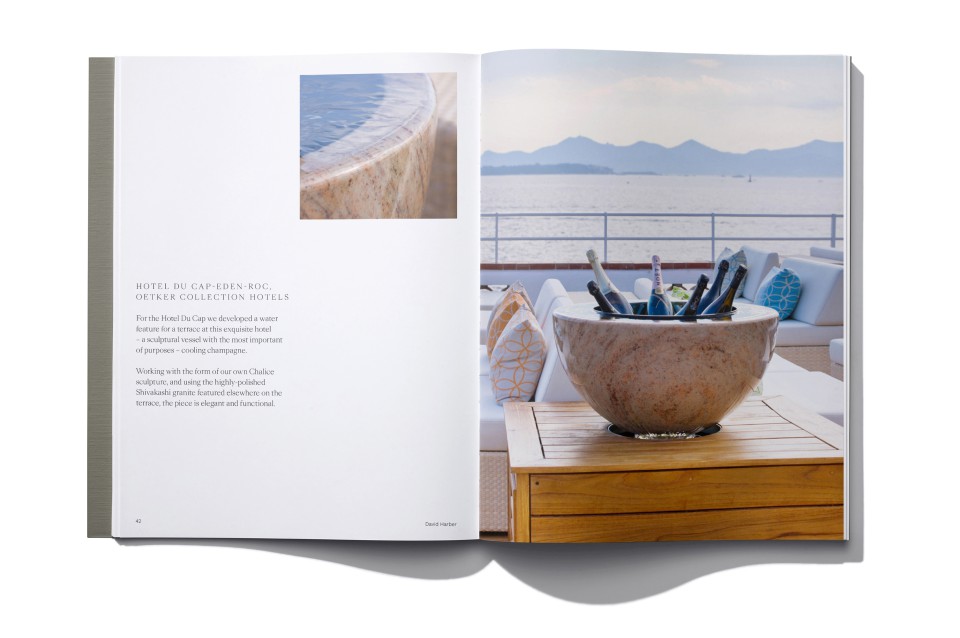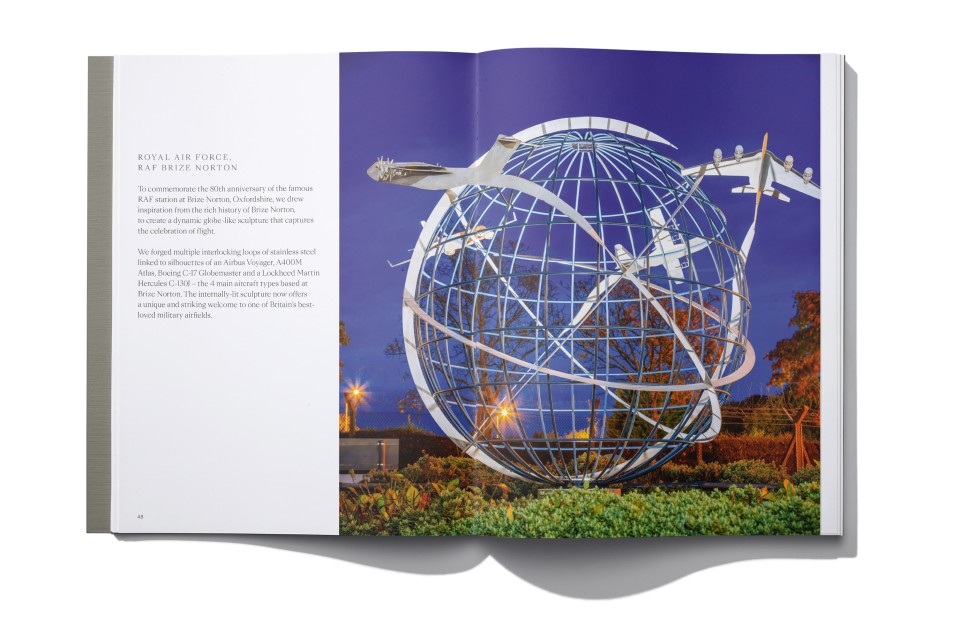The Beauty Of Organic Sculptures In Interiors & Gardens
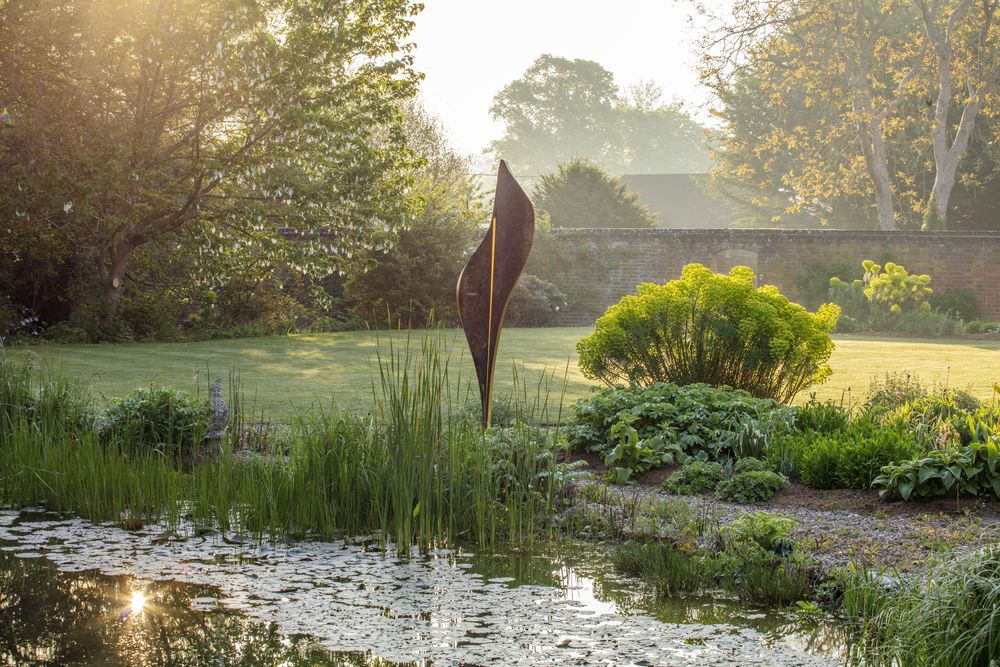
In the art and design world, the term ‘organic’ is indicative of biophilia, the human tendency to feel drawn to nature. Over the last decade, our attraction to and dependency on the natural world has deepened, and this has translated into an increased demand for art that blurs the boundaries between human creativity and nature. Whether it’s through wallpaper and linens, paint colors, indoor wall sculptures or outdoor sculptures, bringing the essence of nature into living spaces is trending. Here, we look at the benefits of incorporating organic artwork into your home or yard.
What makes a sculpture organic?
Characterized by naturalistic, flowing forms that mimic, or are inspired by, elements found in nature, organic sculptures evoke softness, fluidity and growth. Shape, texture and rhythm all play a part in making a sculpture organic, as asymmetry, irregularity and natural imperfection are celebrated over geometric precision or uniformity.
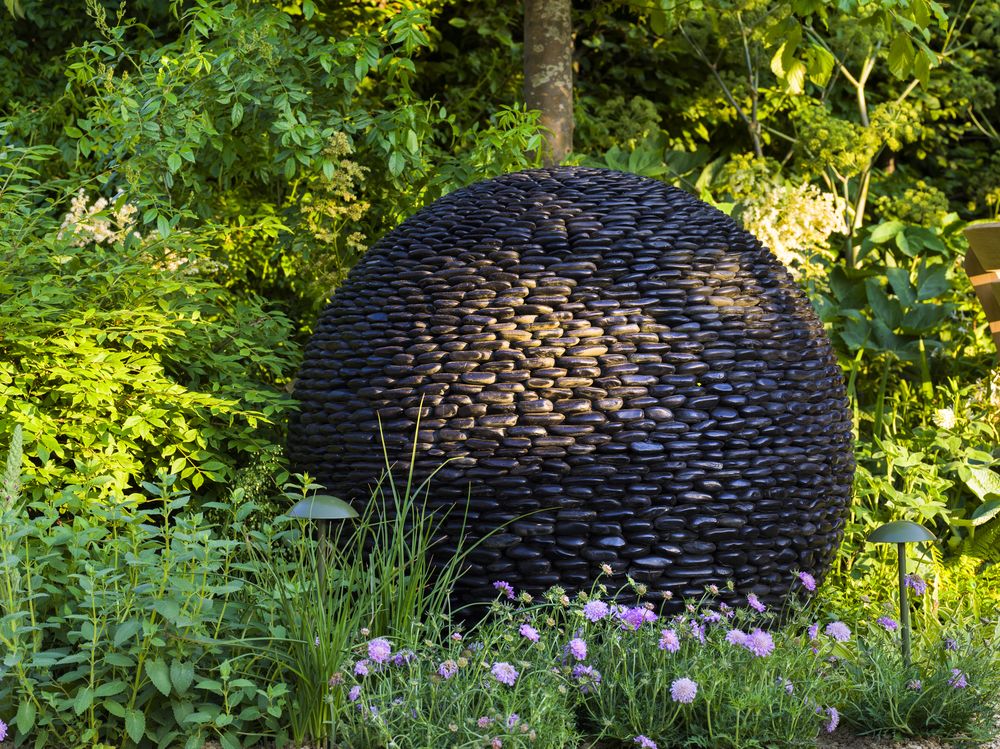
Dark Planet in stone is a natural fit when nested within a planted border. As the light shines on the pebbles, the individual markings and unique texture of the stone appears.
How are organic sculptures different from traditional sculptures?
Traditional sculptures generally aim for a lifelike representation of figures or subjects, which are often grounded in cultural or historical narratives. Often shaped in materials such as marble or bronze, traditional pieces focus on precision, symmetry and permanence.
Organic sculptures, however, prioritize emotional resonance and visual movement over exact replication to encourage a more intuitive and sensory response from the viewer. Drawing inspiration from natural forms, the materials used to create organic sculptures vary from metals such as mild or stainless steel and stone, to natural materials such as clay or wood that will fade away over time.

Mimeo Cascade is a fresh take on a water fountain, and draws inspiration from the geometric forms and the tranquility found in Islamic gardens.
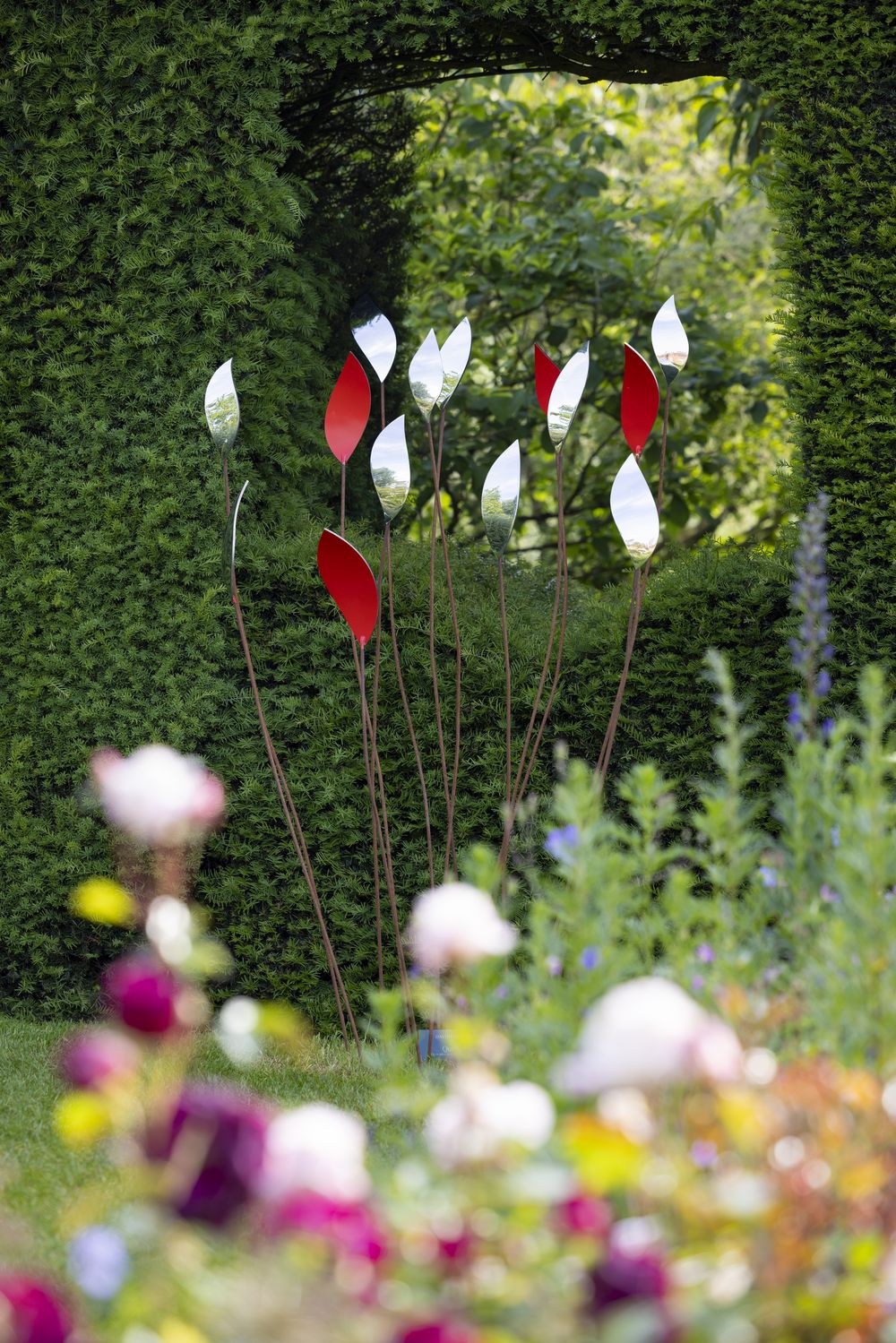
Wind rippling through a wheat field inspired Quiver, which moves gently in a breeze and brings brilliant flashes of color and reflection to outdoor spaces.
What are the five main differences between abstract sculpture and organic sculpture?
Inspiration
Abstract sculpture draws inspiration from concepts and ideas, whereas organic sculpture represents an observation of nature or living forms – plants, animals, the human body or landscapes.
Form and shape
Abstract sculpture can be geometric and angular, and will often emphasize design, structure and minimalism. Organic sculpture is flowing, embraces curved and soft shapes, and resembles or emulates living forms.
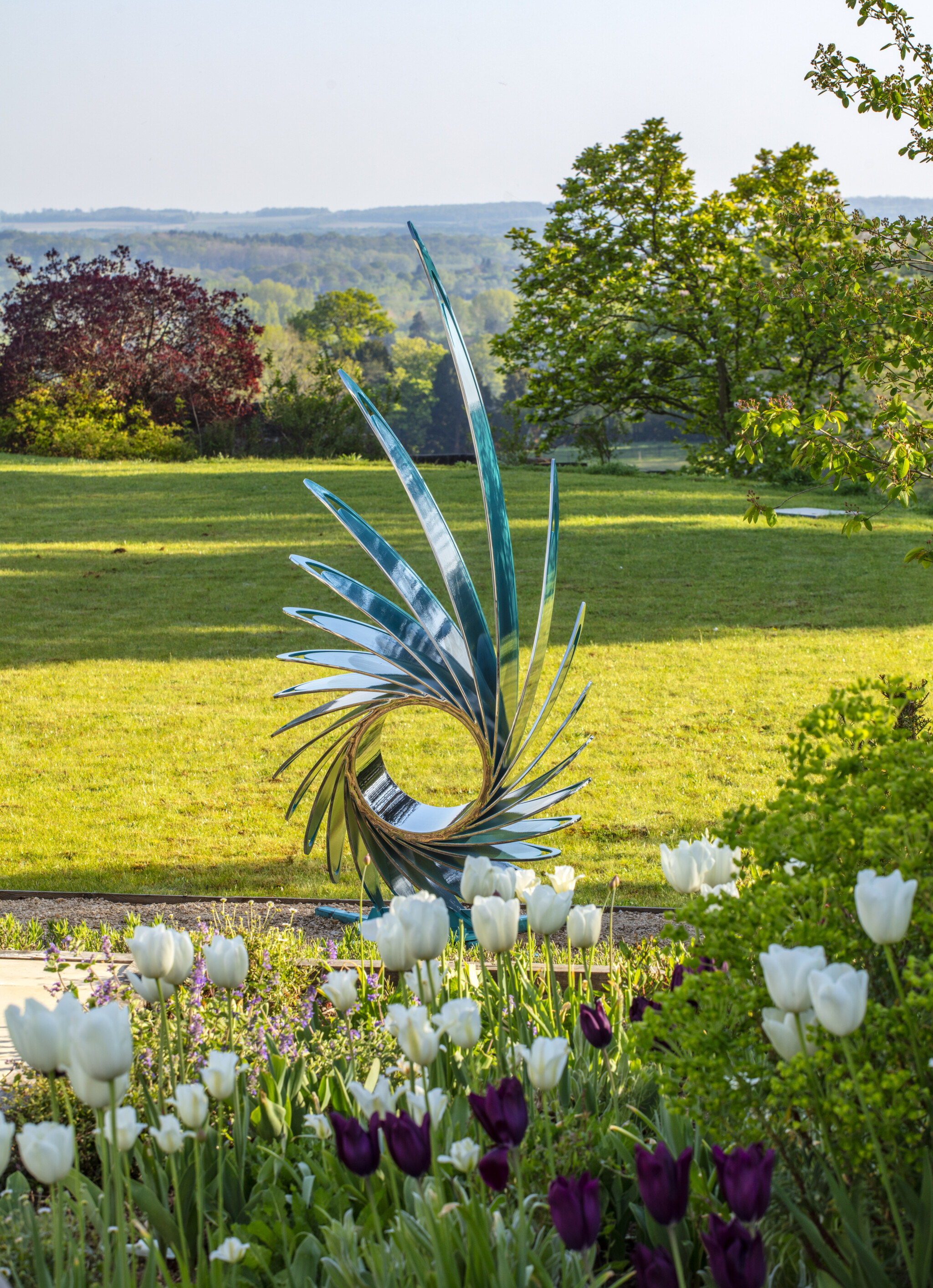
Energy and dynamism combine to create the dramatic vortex of Orbis and its swirling stainless-steel waves.

Flo draws its inspiration from land art and the organic forms found in nature, a theme central to all David Harber artworks.
Materials
Industrial materials such as steel, glass or polished metal are mostly used to shape abstract sculptures, but artists who design organic sculptures tend to prefer stone, wood or clay. Materials that reflect those found in natural environments. Organic contemporary sculptures are often shaped in modern steels, such as Corten Steel, because the finish or patination will complement and endure the environment it inhabits.
Texture
You generally won’t find much texture in an abstract sculpture, and it’s more likely to have clean lines and surfaces. Organic sculptures, however, almost always have some texture as this is a key feature of natural landscapes and materials.
Viewer experience
When it comes to viewer experience, the difference between the two styles comes down to head over heart. Abstract sculpture encourages thought and interpretation. Organic sculpture invites feeling, often prompting an emotional or physical response.
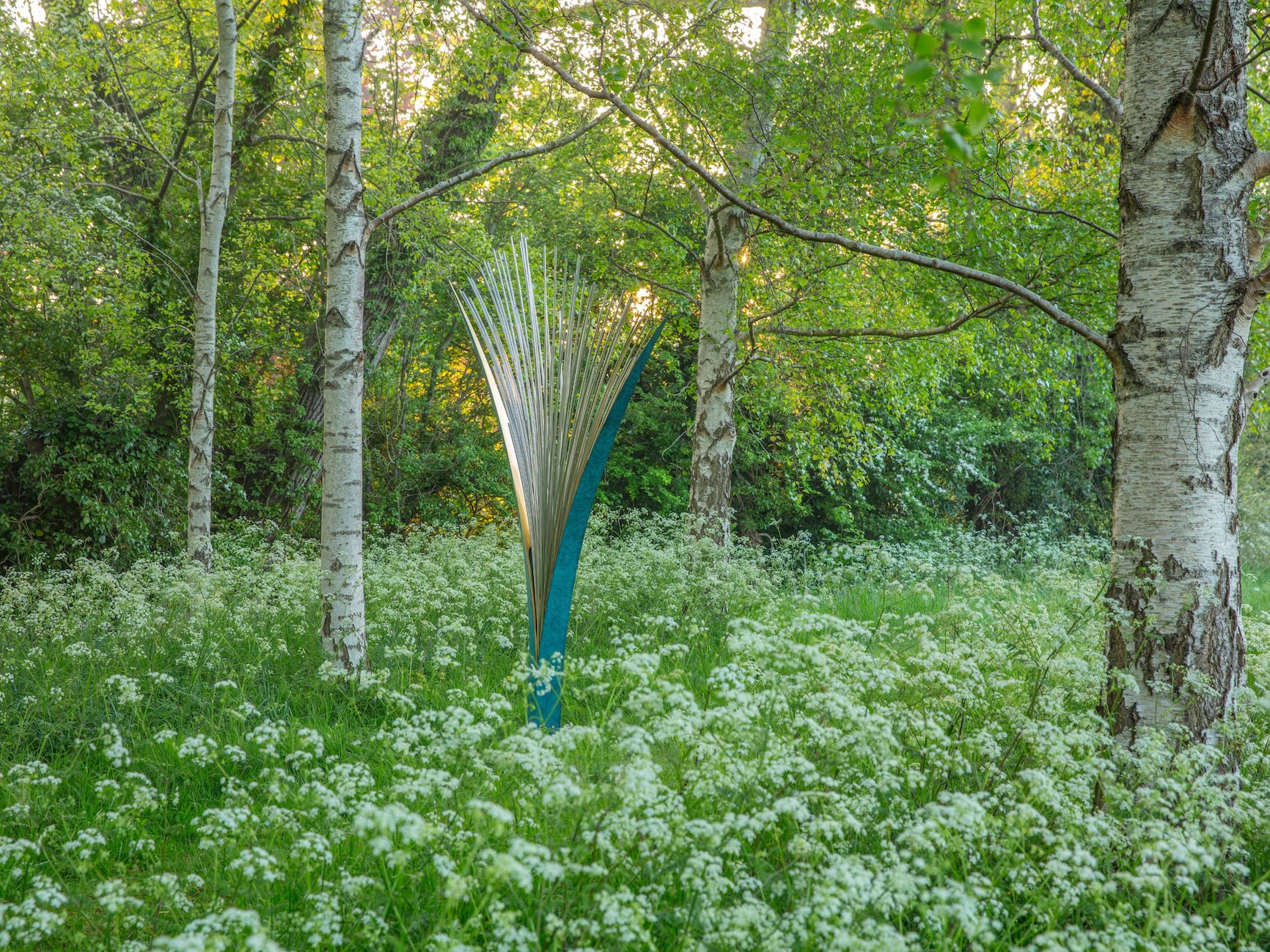
A captivating exploration of the formation of plant structures, Rush is designed to recreate serene environments within curated, lived-in spaces.
How do artists create organic sculptures using natural materials?
Artists work directly with elements from the environment, such as stones, leaves, wood, ice and earth to accentuate the natural beauty of the natural materials they work with. British artist Andy Goldsworthy is perhaps the most recognized for creating minimalist organic sculptures using natural materials. He creates site-specific sculptures that blend seamlessly with their surroundings, often relying on gravity or balance instead of adhesives to form his outdoor sculptures. His work celebrates organic forms and the rhythms of nature and part of the craftsmanship is allowing time and the weather to shape the result.

Chestnut-hued oxidized steel combined with flashes of mirror-polished stainless steel to create a striking, yet harmonious bespoke design.
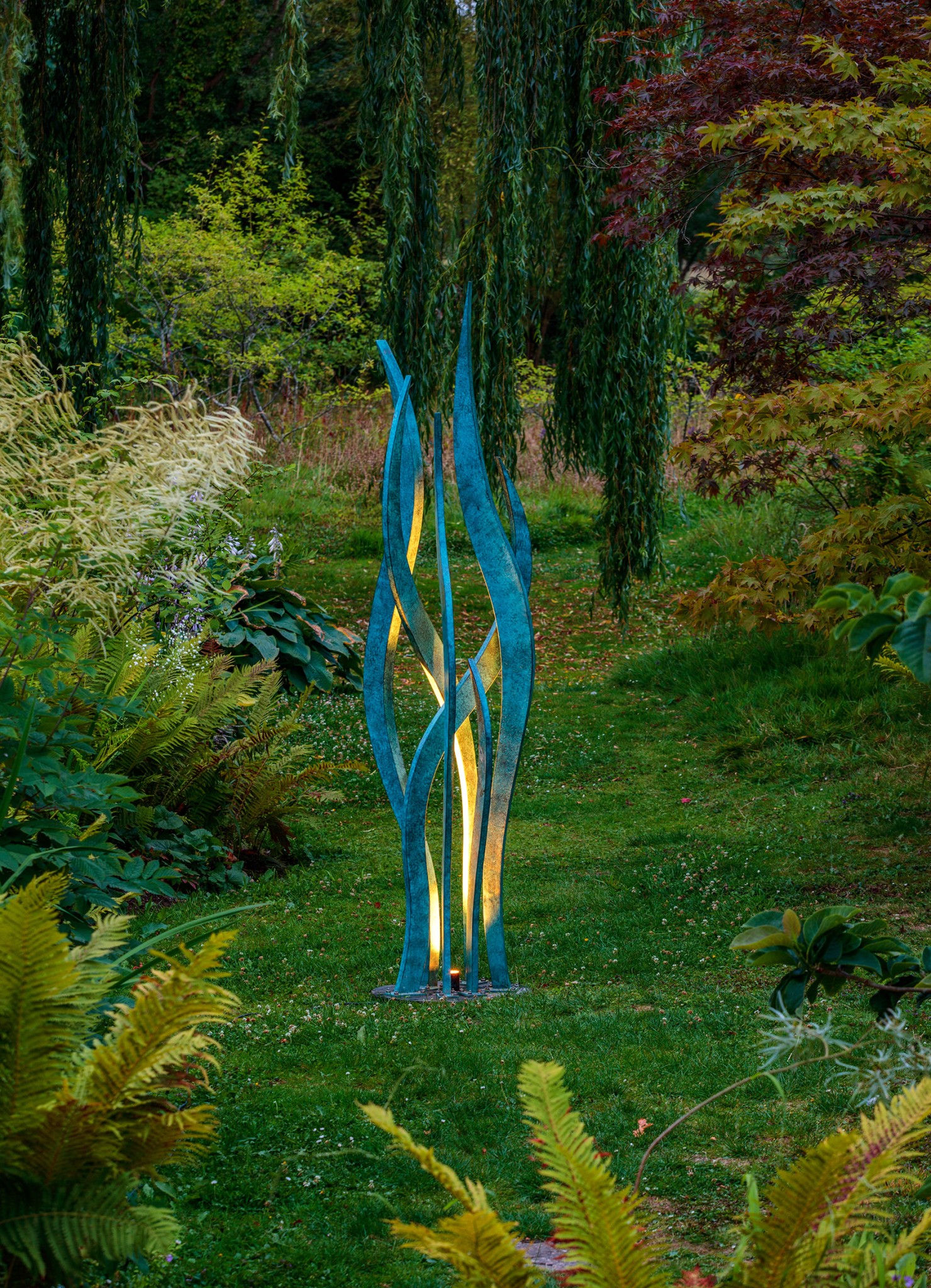
Inspired by the graceful movement of aquatic plants, Hydra’s fronds stretch skyward, creating sweeping curves and reflections.
How do you incorporate organic sculpture in a garden or interior design?
Use organic sculpture to enhance the natural rhythm and mood of your space, or to introduce softness to modern designs. Outside, organic garden sculptures are often positioned to create focal points or moments of reflection, perhaps at the end of an avenue of trees or an intersection of pathways, or they are thoughtfully placed within planting schemes to offer moments of surprise and delight as you journey through the garden.
Indoors, the biophilic design of organic sculpture can introduce a sense of well-being to the home. Adding the organic shapes, textures, and even sounds of the natural world, in the form of a sculpture or a wall water feature, brings tranquility to living spaces, inviting contemplation and making the environment feel alive and balanced.

A beautiful expression of an organic form, Ginkgo Water Wall is a bespoke focal feature in the indoor courtyard of a family home.

Torus is a beguiling design that conjures new connections with its immediate surroundings, deepening the viewer’s appreciation for the natural world.
Are you looking to design a custom, one-of-a-kind organic sculpture or water fountain for your home or garden? We work in close collaboration with homeowners and designers to bring their creative vision to life. If you want to learn more about David Harber’s portfolio of classic sculptures and our customized service, order our brochure or email enquires@davidharber.com.
The magic of conversation
Whether you’ve decided on a piece or you just want to sound out an aspect of our work, please get in touch with our team to discuss your needs.
